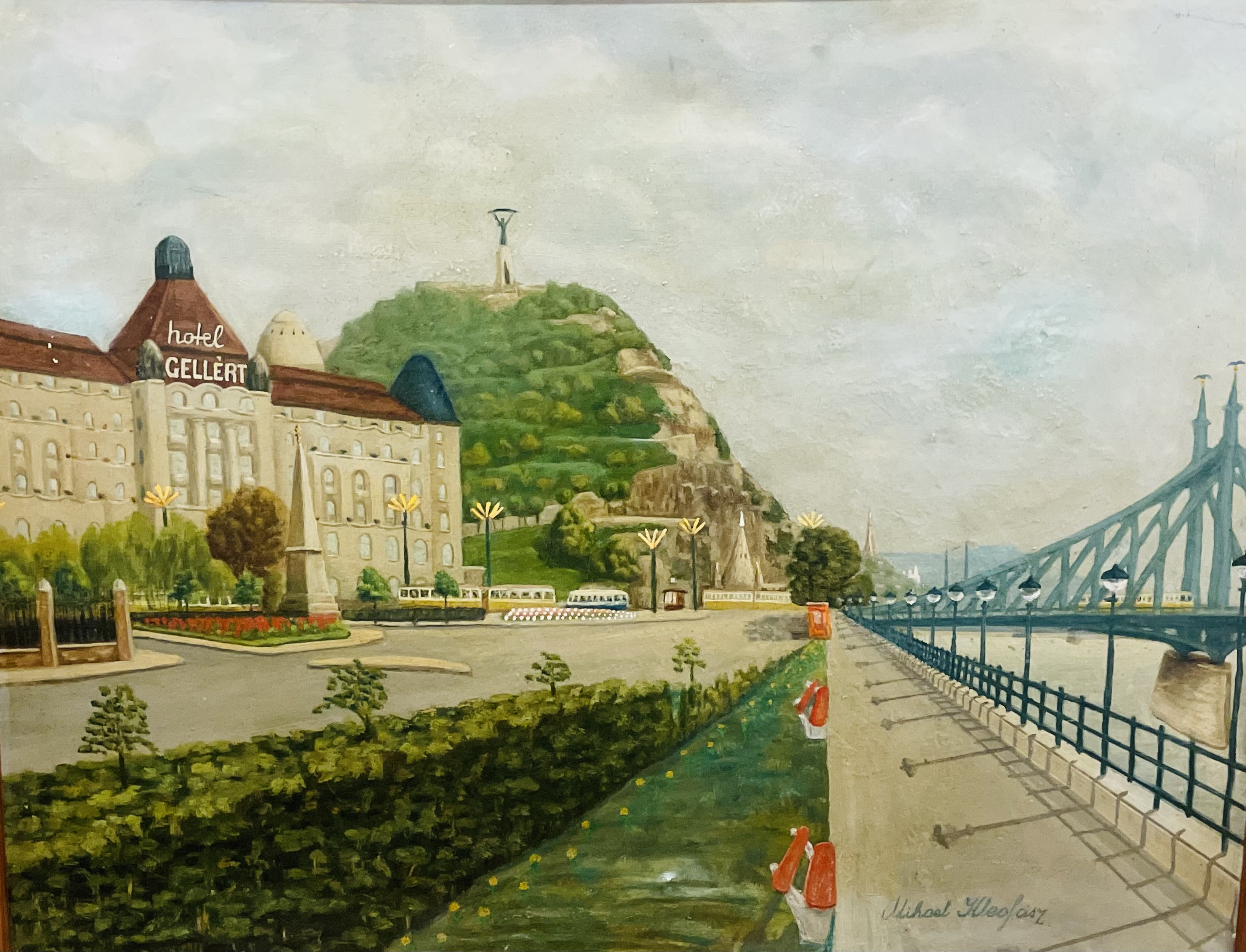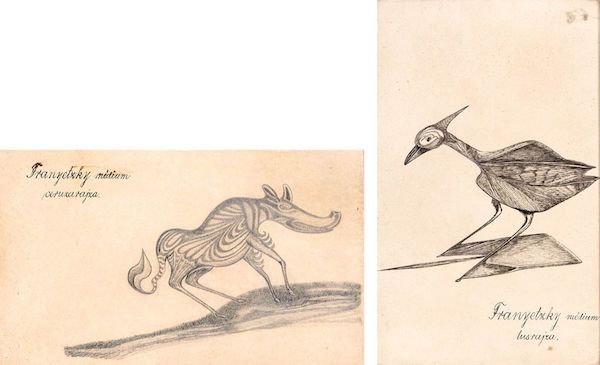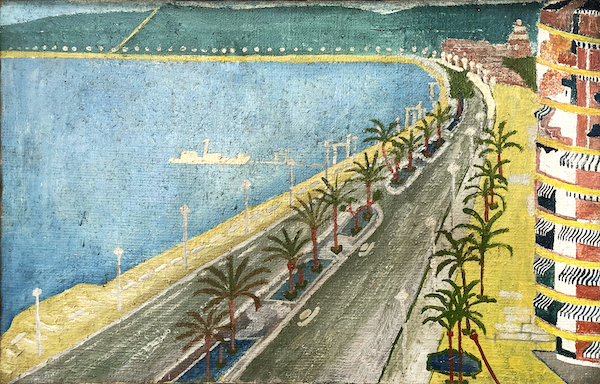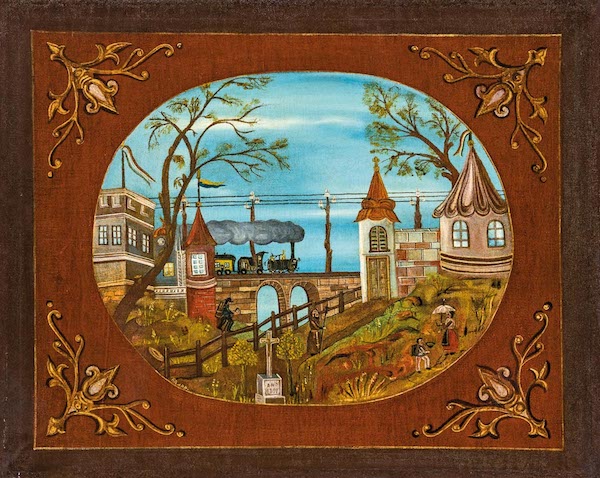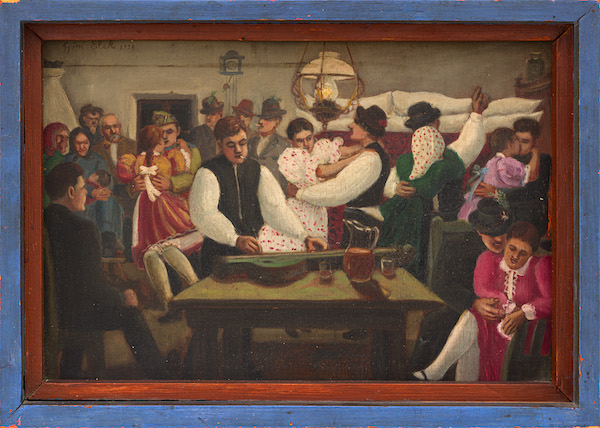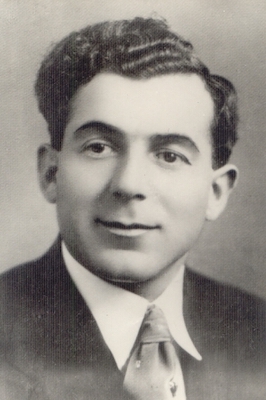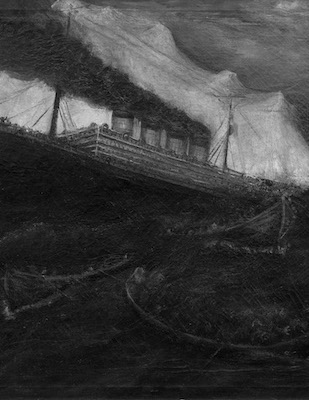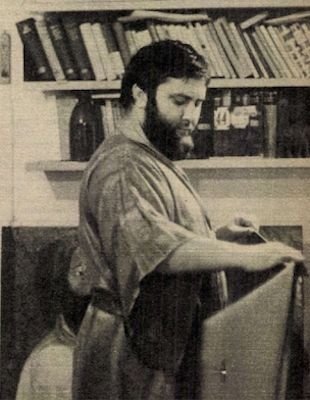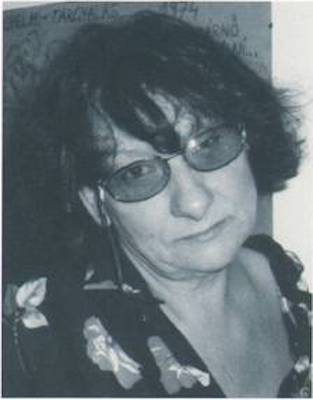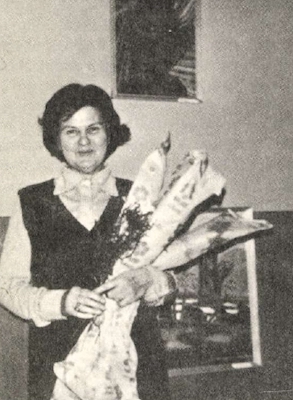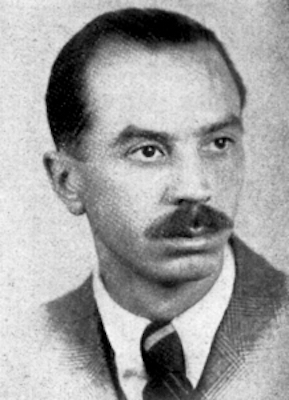Naïve Art & Primitivism
(1800 - 1980)
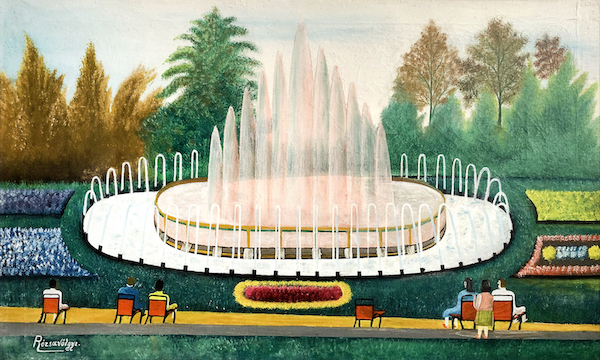
About
Naïve art & Primitivism
Naïve art is usually defined as visual art that is created by a person who lacks the formal education and training that a professional artist undergoes (in anatomy, art history, technique, perspective, ways of seeing). When this aesthetic is emulated by a trained artist, the result is sometimes called primitivism, pseudo-naïve art, or faux naïve art. Unlike folk art, naïve art does not necessarily derive from a distinct popular cultural context or tradition; indeed, at least in the advanced economies and since the Printing Revolution, awareness of the local fine art tradition has been inescapable, as it diffused through popular prints and other media. Naïve artists are aware of "fine art" conventions such as graphical perspective and compositional conventions, but are unable to fully use them, or choose not to. By contrast, outsider art (art brut) denotes works from a similar context but which have only minimal contact with the mainstream art world.
Naïve art is recognized, and often imitated, for its childlike simplicity and frankness. Paintings of this kind typically have a flat rendering style with a rudimentary expression of perspective. One particularly influential painter of "naïve art" was Henri Rousseau (1844–1910), a French Post-Impressionist who was discovered by Pablo Picasso. The definition of the term, and its "borders" with neighbouring terms such as folk art and outsider art, has been a matter of some controversy. Naïve art is a term usually used for the forms of fine art, such as paintings and sculptures, but made by a self-taught artist, while objects with a practical use come under folk art. But this distinction has been disputed. Another term that may be used, especially of paintings and architecture, is "provincial", essentially used for work by artists who had received some conventional training, but whose work unintentionally falls short of metropolitan or court standards.
In Hungary, the rediscovery of naïve art began later compared to neighboring countries, in the second half of the 1960s. The naive collection of the Hungarian National Gallery was established at the end of the 1960s with the purchase of the Patai collection, a collection from the 1930s that was professionally and lovingly selected. At the same time, the collection of the Folk Culture Institute was created and expanded. And in 1976, the Museum of Hungarian Naive Artists was opened in Kecskemét as a facility of the József Katona Museum, which received the aforementioned two collections and has been increasing its material with regular purchases ever since.
Three eras can be distinguished in the history of Hungarian naive art: the period from the end of the century to the First World War, the period between the two world wars, and finally the most recent phase starting in the mid-sixties.
Béla György Szalmás elaborates his small-scale pictures with a tireless taste for decoration, with a meticulousness similar to oriental miniatures, covering every square centimeter of the surface with small flowers and decorative brush strokes. He spreads his motifs in the plane like a carpet pattern, knows neither space nor lighting problems; his delicate tempera colors are reminiscent of the reverent harmonies of the old Sienese masters. In the second decade of the century, Dezső Mokry Mészáros, a painter, draftsman and sculptor with a strange and bizarre imagination, started his creative journey. In the expressive-visionary pictures of his first period, a fantastic world full of anxiety comes to life. In his second period, in the period between the two world wars, he painted ancient creatures and ancient people, encouraged by his art-loving archeology. In his third period, which can best be called naive, he painted pictures of the old peasant world on ceramic bowls.
The second period of Hungarian naive artists grew into a more or less broad-based movement. Most of the naive creators were from the village. The discoverer and propagator of the folk artists was Jenő Bálint, a perspicacious looking journalist with good taste, but with a somewhat adventurous spirit, who also worked as an exhibition organizer and art dealer. Among other things, he discovered the later famous folk painter Péter Benedek, for whom he organized an exhibition in the Alkotás Art Gallery in 1923. In 1934, Bálint organized a large-scale exhibition of the works of folk painters and sculptors whom he discovered in the National Salon. The exhibitors were called "primitive talents". The most important naive painter of the period was András Süli. Süli's empire is the family house and its yard, small scenes of peasant life. His paintings of rafts and ships floating on the river, steamers pulling long lines of carriages and cars filling the country roads testify to his curiosity about distant cities. Süli's world is a cloudless idyll. János Gajdos and Elek Győri are prominent representatives of the naïve realistic creative style with inner vision. Their epic story-telling and conceptual pictorial thinking can be somewhat related to the approach characteristic of Brueghel's paintings Children's Games and Flemish Proverbs. In their paintings, sometimes a figure from half a village is busy and active. In the 40s and 50s, both of them developed into the naturalistic-realistic tendencies of professional art.
In the third period, which began in the mid-sixties, artists from rural and urban peasant, working-class and bourgeois backgrounds can be observed. Retired cooper master Ferenc Csordás was characterized by an inexhaustible wealth of experiences: his naive sculptures revive the figures and episodes of the village life of old, but he also evoked the present with a vivid imagination in addition to the past. The memories of the peasant past come to life in the paintings of János Pethő from Makó and Anna Kiss from Marosvásárhely. Nikolett Palotay, who lived in Brussels but visited home every year, partly expressed her domestic experiences, memories of the Lake Balaton and Budapest, and partly her new home, Belgium, small scenes of small and big city life. The paintings of Dallos Marinka, who lived in Rome, are also characterized by a double, domestic and Italian inspiration. Sándor Török depicted bizarre, fairytale-like creatures, fish-tailed birds, six-legged mammals, birdmen, many-headed, many-legged, octopus-like creatures, such as were born only at the dawn of human history, in the age of myths. But Török did not copy this ancient world of beliefs, he created his own myths. János Balázs, a painter of Gypsy origin, was an even more complex and multifaceted creative personality. We find both naive and expressive visionary images in his art. Balázs tried to look at the world with the happy idyllism of a naive outlook, but this harmony was soon overturned. In most of his paintings, the exploding inner impulse creates visions with a driving force. In Balázs' creative world, humans, animals and vegetation are crowded together with a kind of pantheistic approach. His art evokes the basic questions of human existence, the cycle of birth and passing away, and explores the meaning of human existence.
The rustic stone sculptures of Pál Gyovai can be related to the idols of prehistoric cultures. A popular "Comédie Humaine" unfolds from the multitude of István Orbán's sculptures. Sometimes he stretches his figures twice as much, sometimes he squeezes them in half, as the expression and the saying require. In the sculptures of József Szőrös, realistic observation and expressiveness are mixed. The stone sculptures of Demeter Domonkos, a farmer from Eslaka, radiate timelessness and suggestive power.
Artworks in this theme
related artists
Elek Győri
(1905 - 1957)
Thomas Bodnár
(1882 - ?)
Tamás Péli
(1948 - 1994)
Mara Omara Oláh
(1945 - 2020)
Hanna Varga
(1919 - 2010)
István Pekáry
(1905 - 1981)
Albert Fáy
(1821 - 1892)
István József Póth
(1898-1957)
János Franyeczky
(1850? - 1932)



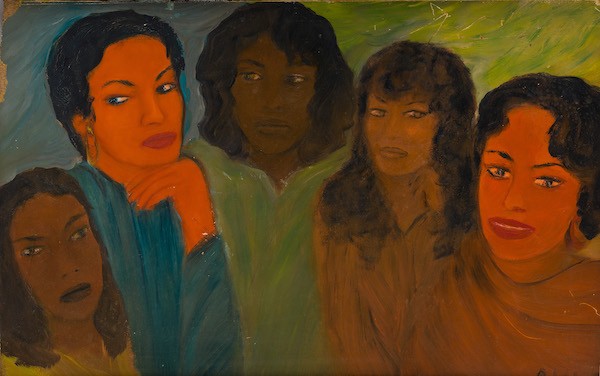
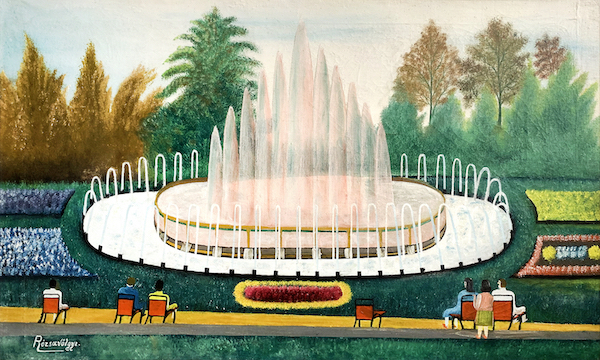
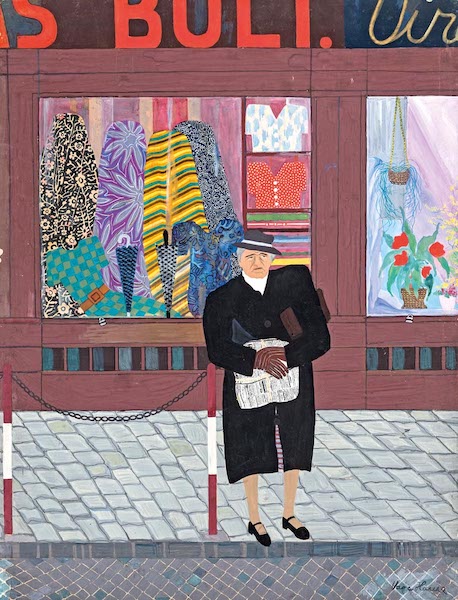
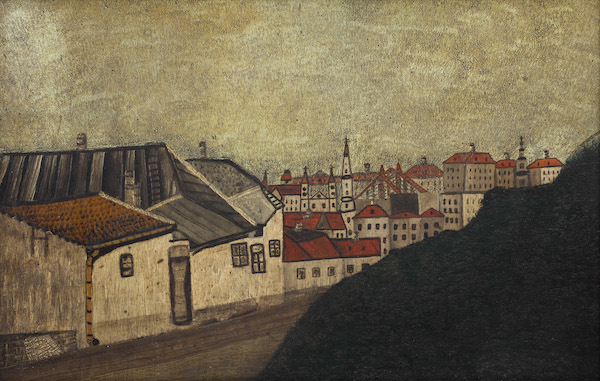
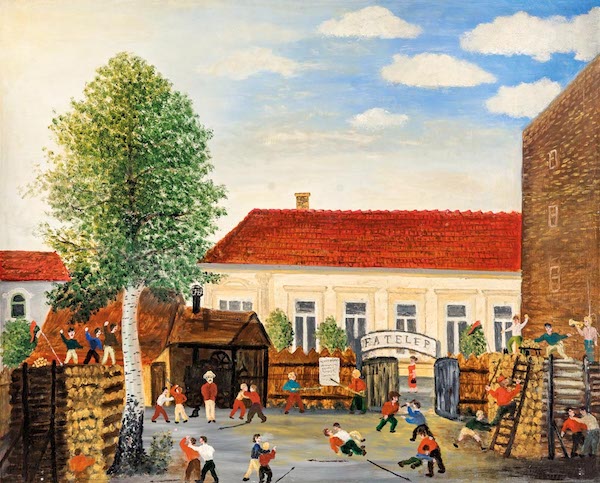
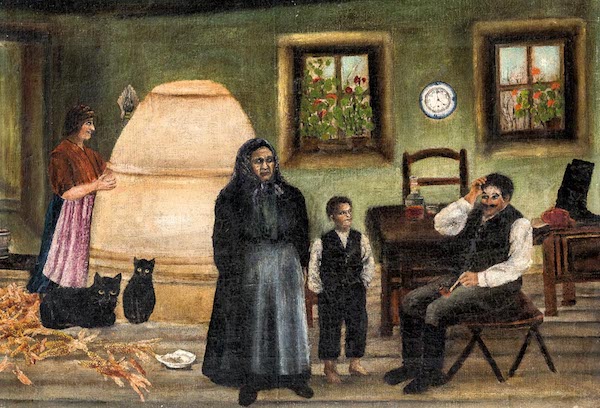.jpeg?locale=en)
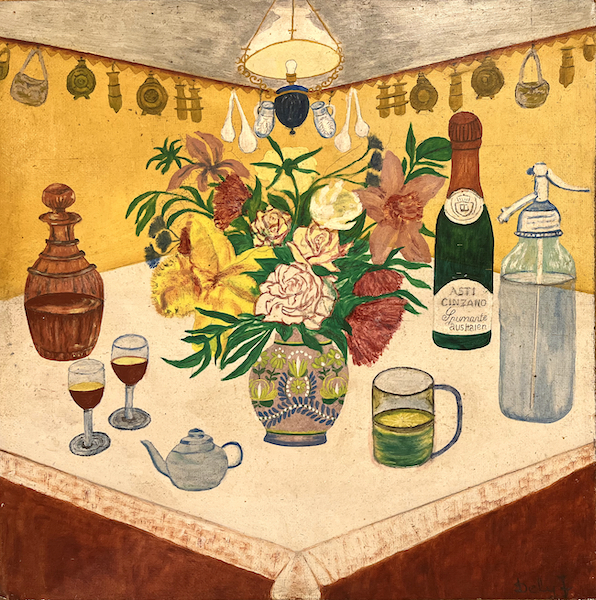
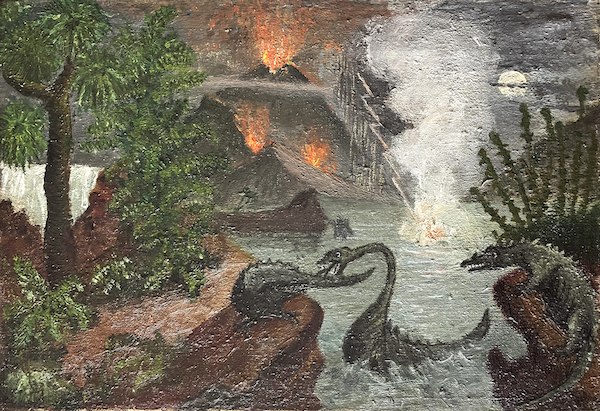
.jpeg?locale=en)
